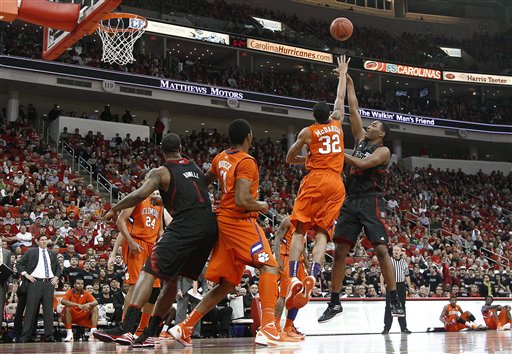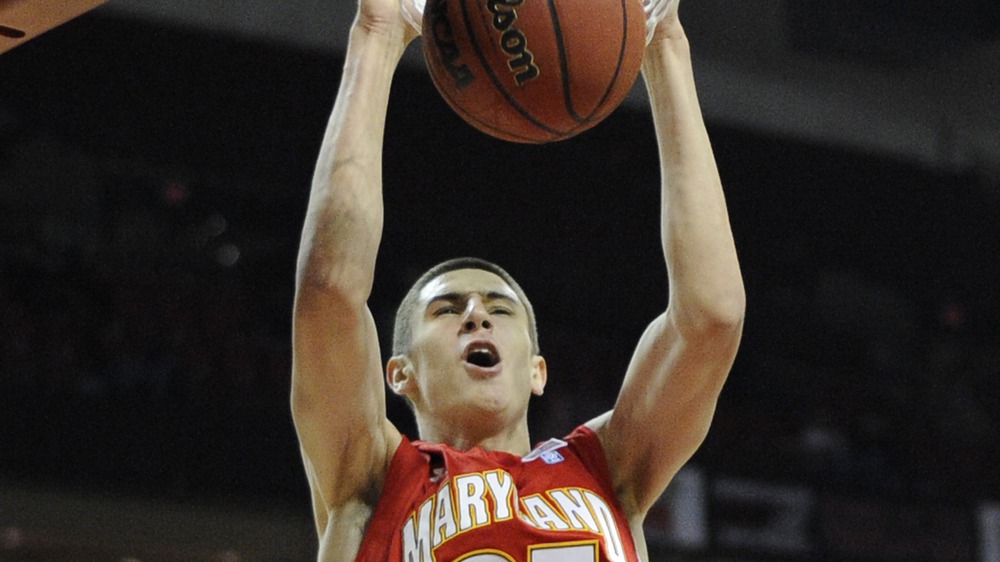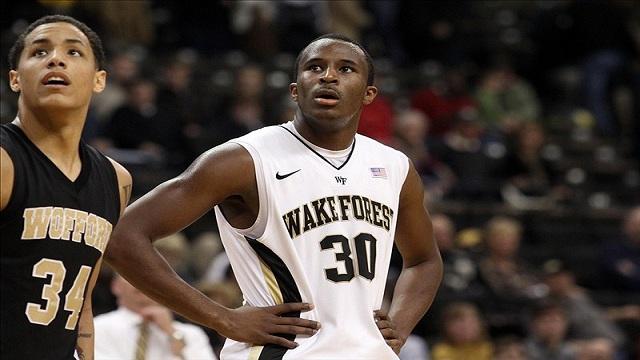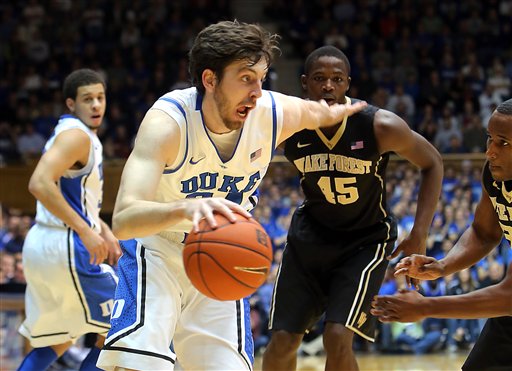Lessons Learned: ACC Weekend Wrap-Up
Posted by KCarpenter on January 21st, 2013There were no big upsets in the ACC this weekend, but there were some big-time performances that are worth mentioning. The rest of college basketball offered some thrilling upsets and close finishes, but the Atlantic Coast Conference offered some sublime moments of its own in individual achievement and failure.
- T.J. Warren Is A Scoring Machine. Sure, Warren went 0-for-6 against Maryland, contributing exactly zero points in the close loss, but make no mistake, that game wasn’t typical. In the game against Clemson, the North Carolina State forward scored 21 points. Yes, he wasn’t technically the game’s high scorer thanks to Devin Booker’s 27-point gem, but Warren’s performance was more impressive. Warren’s 21 points came in a mere 25 minutes that featured the freshman shooting 9-of-11 from the field, hitting a three, and grabbing six rebounds to help his team. Warren’s offensive production borders on the freakish. Coming off the bench, Warren is averaging an offensive efficiency rating of 129.2, which is the 20th best mark in all of Division I basketball. Of course, because of Scott Wood’s sweet shooting, Warren isn’t even the deadliest offensive weapon on his own team, but he is certainly a force to be reckoned with.
- Assertive Reggie Bullock Is Terrifying. The only player in the conference with an offensive efficiency greater than Wood and Warren is North Carolina’s Reggie Bullock. Bullock has posted an offensive efficiency of 131.5, driven by incredible three-point shooting (47.7% on 88 attempts this season), low turnovers and strong offensive rebounding for his position. Bullock, also arguably the team’s best defensive player, unleashed his offensive fury on Saturday against Maryland, amassing 21 points in the first half alone and leading North Carolina to an early lead against the Terrapins. Bullock has struggled to assert this season, often vanishing from the team’s offense and deferring to others to the point of fault. On Saturday, Bullock demonstrated how his newfound aggresiveness could help the team: His shooting opened up space for James Michael McAdoo to operate and he drew extra defensive attention that made it easier for Dexter Strickland and Marcus Paige to handle the ball and make plays. This North Carolina team is still deeply flawed, but when Reggie Bullock takes the lead, the team is significantly better. Read the rest of this entry »


















































